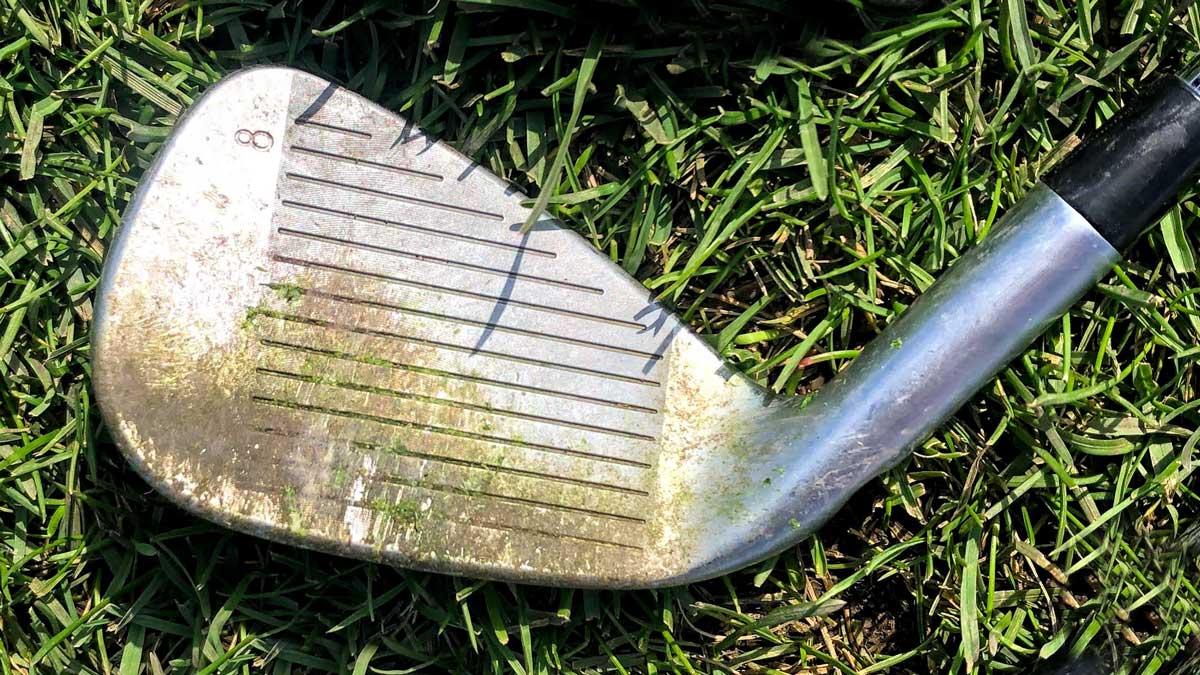Welcome to our spring-primer series in which we’re getting you and your game ready for the golf season. In this installment, our gear expert offers practical advice for how to get your gear primed for the season.
Part I: How to quickly shake the rust off your game | Part II: Get your golf muscles primed for the season
***
There is nothing quite like spring cleaning, whether you’re emptying out your garage, car or closest — a little renewal can be a great thing.
Same goes for your golf clubs, too.
So before you dust off your gear that has been hibernating all winter and head to the driving range or course, we have a couple of tips to help make sure your gear is as ready for the season as you are.
1. Sort out your golf bag
Unless you are a golfer who prefers a minimalist carry bag, there are no doubt a few pockets in your bag that haven’t been cleaned out in a while. Of course, it’s always good to have a few non-golf extras like Band-Aids or Advil, but be sure that you’re not carrying more than you really need when it comes to gloves, tees, ball markers, balls and other accessories that end up rattling around at the bottom of your bag after the end of a round.
This time of year is also a good excuse to get a new glove and a nice accessory pouch so you can find all of those things quickly and easily the next time you head out to play.
2. Inspect for damage
If you store your clubs in the house, where the temperature and humidity are well regulated, you have less to worry about. But if you leave your clubs in a garage or crawl space, where there is more fluctuation in conditions, inspecting your sticks is a must-do.
Temperature changes cause materials to expand and contract. Over time with clubs that can cause issues with hosels, the point where the shaft meets the clubhead. The bond between the shaft and the clubhead is secured with epoxy, and even with modern epoxy being strong and durable, with enough exposure to the elements it can fail — and the last thing you want in your first round back is to have a clubhead come flying off.
A sign that there might be a potential issue is if you are seeing the ferrules on your clubs (the plastic piece between the head and the shaft) start to slide up the shaft away from the head. Although this can happen over time and have no detrimental effect on the club, it’s always good to have your clubs checked out by a professional club builder to get a second opinion.
3. Check your grips
Grips are the bridge between you and your clubs so they should feel comfortable and fit you right. Although it might not be necessary to replace your grips at the start of every season, it’s certainly worthwhile to take some time to make sure they’re clean and providing the best traction possible.
If cleaning isn’t going to be enough to bring your grips back to life, this piece is worth your time: The ultimate guide to choosing grips.
4. Tighten your adjustable clubs
When cleaning out your bag, you might well find a wrench or two for your adjustable clubs. Equipment companies give you these for a reason so don’t be scared to use them!
Just like the gas cap on your car (unless you’ve gone electric), the torque wrench that comes with your driver, fairway wood or hybrid is designed to release and click the moment you’ve reached the right amount of tightness so you don’t have to worry about over-tightening. Just hear that click and you know it’s locked in place.
5. Get your lofts and lies checked
Improper loft gaps between irons and wedges can quickly make it more difficult to hit the ball the distance you expect. If your lie angles get out of whack, this can lead to poor dispersion.
Lie and loft angles aren’t going to change just because your clubs have been sitting around. But if you’ve been practicing inside off of astroturf mats, there’s a good chance the force you’re inflicting on the iron head by repeatedly bashing it into a thick mat that’s sitting on top of a concrete slab is going to alter how the club sits on the ground.
Getting the loft and lie angle checked will only run you anywhere from $5 to $8 per club, depending on the amount of work needed. It’s an inexpensive tune-up from an expert that’ll save you some headaches and missed greens once the season kicks into gear, whenever that might be.
Want to overhaul your bag for 2023? Find a fitting location near you at GOLF’s affiliate company True Spec Golf. For more on the latest gear news and information, check out our latest Fully Equipped podcast below.
